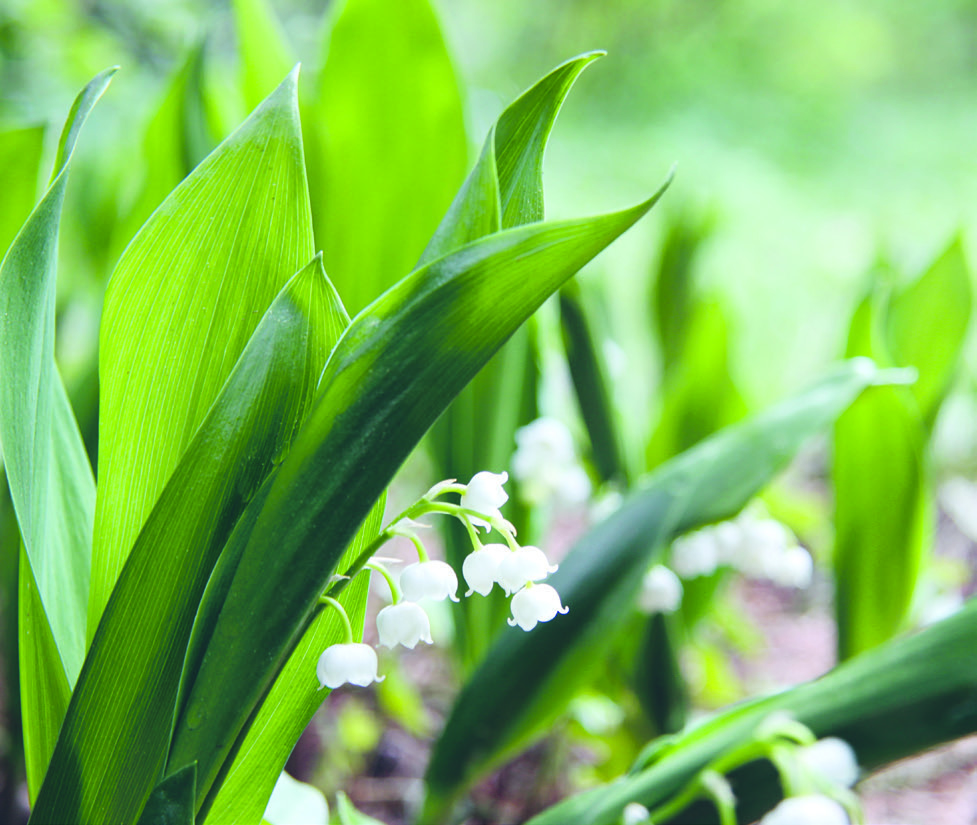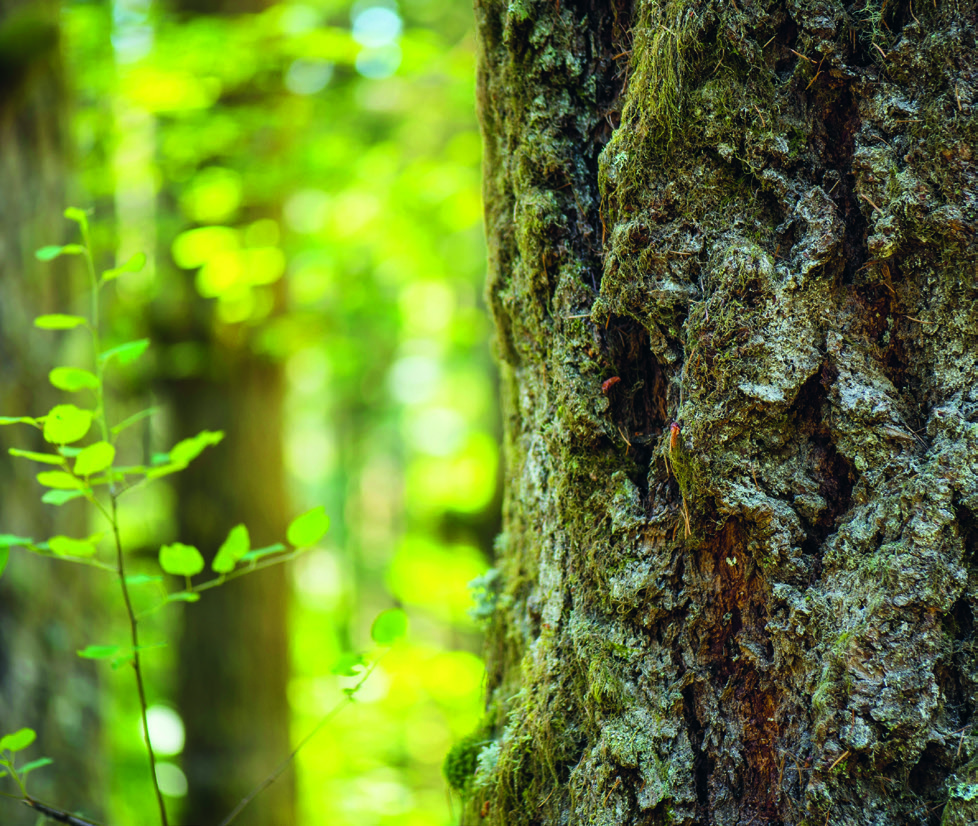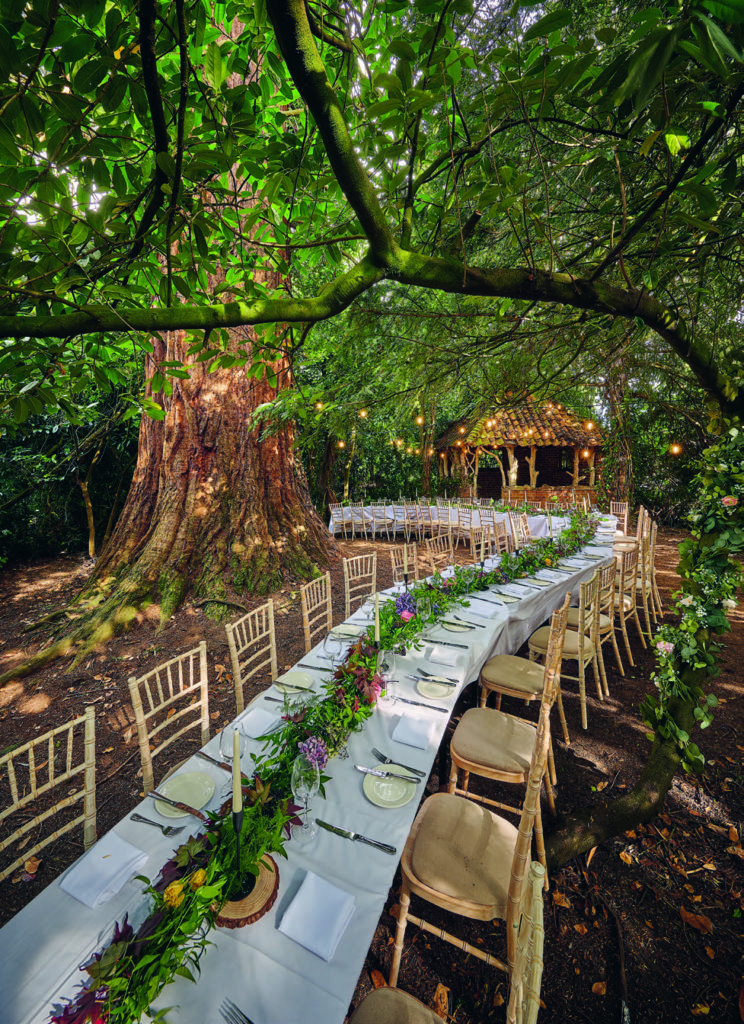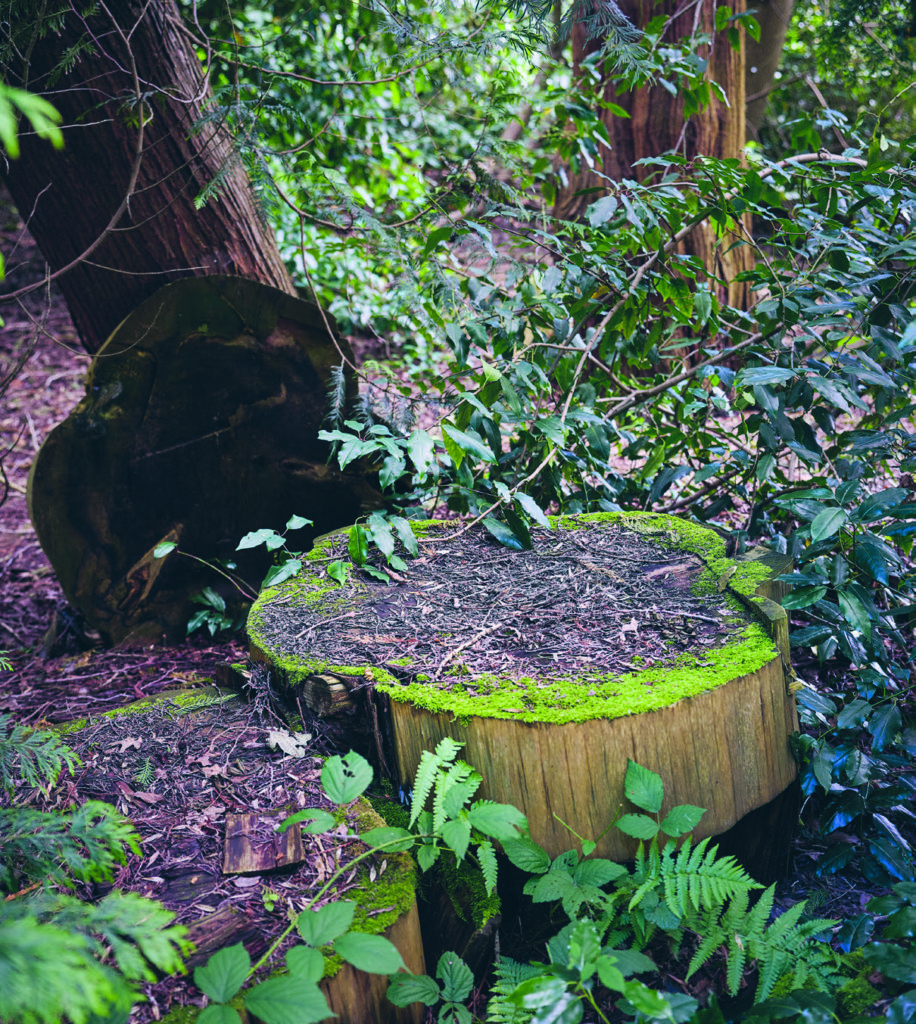The best way to keep in touch with Hand Picked Hotels is to sign up to our news, offers and events below. Please do read our Privacy Policy for more information on how we use your data and you can of course opt out at any time.
Woodland Wonders
Woodlands have a unique cycle of life and decay throughout their multiple layers. From rodents scuttling amongst leaf litter and insects thriving on fruit, to canopy-dwelling birds and mammals, each organic storey boasts a rich character. Caroline Scaramanga, Head of Garden Design at Hand Picked Hotels, explains how to create your own forest environment.
To be in woodland is to experience three time zones at once—a momentary, multi-sensual experience combined with a heightened awareness of the past those trees have witnessed and the future they, not you, will see.
Starting Out
Planting a woodland from scratch means adopting a two-fold approach: planting for immediate enjoyment and for future generations. For both options, creating different shade elements is important—from the dense, dark full cover of evergreens, through dappled deciduous shade, to the clear, stark sunlight of a clearing.

A Multi-Sensory Experience
Each woodland storey provides alternative wildlife habitats and plant zones. The spaces within more extensive woodland offer different experiences, providing the ideal environment for cloudwatching or forest bathing, while also nurturing a healthy variety of habitats for the plant life beneath.
To be in woodland is to experience three time zones at once

Picking Trees
When choosing trees to create your woodland, consider both their size and bark. For example, the deeply fissured bark of the Ague tree (Sassafras randaiense or the more common Sassafras albidum) produces lovely yellow flowers in spring. Meanwhile, the gnarled bark of Pseudotsuga menziesii (Douglas Fir), the fibrous bark of the Wellingtonia (Sequoiadendron giganteum), the Dawn Redwood (Metasequoia glyptostroboides), and the Japanese cedar (Cryptomeria japonica), with its very fragrant timber, are all wonderful additions to woodland environments.
Some trees also have extraordinary leaves, such as the larger Rhododendron or Magnolia, including the species Magnolia dealbata. Also, consider the variety of cones that conifers offer, including those of the monkey puzzle tree, Araucaria araucana.
Scents and Sights
At the mid-storey level, shrubs such as Camellia, Azalea, Magnolia, Acer, and Mahonia will thrive in the shelter of a woodland. The weaving, dappled mahogany branch structure of Rhododendrons can be exposed by simply removing the lower branches to raise their canopies.

Shrubbery
Many woodland shrubs also have wonderful scents that guide their pollinators. For example, Magnolia sprengeri ‘Dusty Pink’, Mahonia bealei, or Illicium mexicanum and macranthum, the non-edible forms of Star Anise, are excellent choices. Additionally, there are stunning woodland shrubs that provide vibrant flowers and leaf colors, such as Pieris japonica cultivars, the deep red Rhododendron ‘Choremia’, or the hot pink Camellia ‘Drama Girl’.
What grows beneath depends on the depth of the canopy above. Wild garlic often flourishes in woodland environments, as do Bluebells, which will spread given dappled shade. To bridge the transition from a formal garden to woodland, plant shade-loving herbaceous perennials such as Geranium macrorrhizum or Lily of the Valley (Convallaria majalis). Bulbs and coums such as Cyclamen, Anemone nemorosa, and Narcissus cyclamineus can also appear in spring.
Underground Delights
An additional thought, if starting from scratch, is to create a truffle woodland with truffle-inoculated trees, provided the soil structure is right and that there are no other trees with competing fungi within 50 meters. Of course, in existing woodland, there is often a wonderful mix of spring and autumn fungi, including edible mushrooms such as Chanterelles, some Bolete, and Grisette—but it is essential to check they really are edible!

